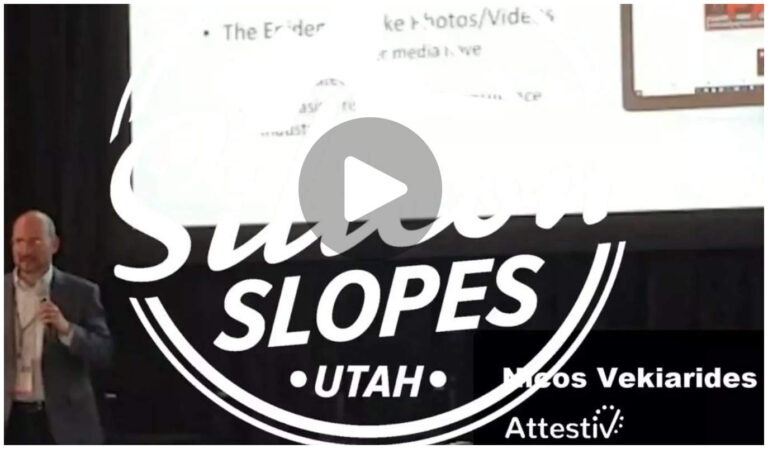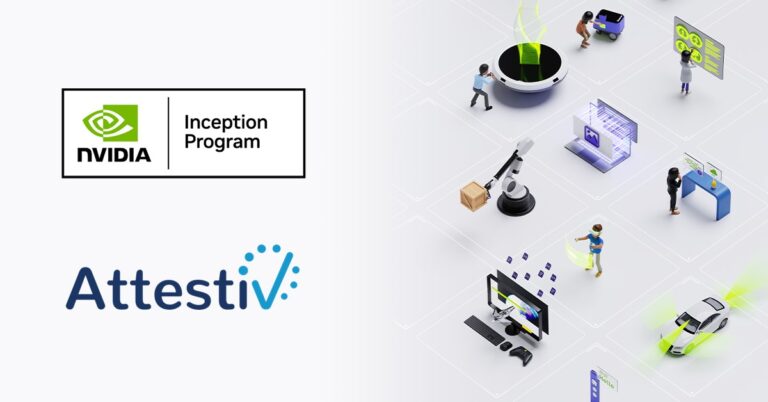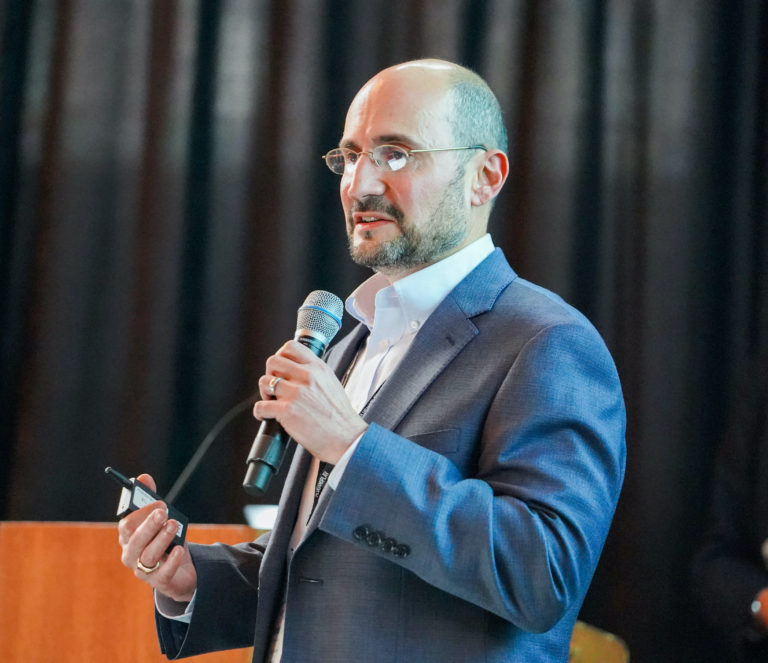Home > Blog
Blog

Attestiv will be at Silicon Slopes Startup Alley in January 2025
Attestiv to be featured in Utah’s largest annual tech conference.

Interview with eChannelNEWS: Identifying Deepfakes
Nicos Vekiarides discusses the dramatic rise in deepfakes as a significant cyber threat with eChannelNews

Attestiv Joins NVIDIA Inception
Today Attestiv joined NVIDIA Inception, a program to help supercharge our AI-based products.

Deepfakes Scams Hit the WorkPlace
Wondering where else deepfake scams might pop up? How about coming to a workplace near you?

Defeating Deepfakes
How We Can Identify Convincingly Real Fake Video, Pictures, and Writing, And How We Can Push Back

Founders Odyssey Podcast – featuring Nicos Vekiarides
Learn more about the world of Ai, Nicos wealth of knowledge, and the progression they are making in helping assist companies to validate if there is fraud happening in documentation in this Founders Odyssey Podcast.

Fall 2023 Newsletter
In this issue, we share our summary of Attestiv news and platform features.

The Dark Side of Generative AI: How it Impacts Photos and Videos
While generative AI has many potential positive applications, such as generating fun art, creating virtual worlds, helping write articles and assisting in creative design, there are also negative impacts.

Spring 2023 Newsletter
In this issue, we share our summary of Attestiv news and platform features.

